window well leaking
pcdmann
18 years ago
Featured Answer
Comments (12)
proudpop
18 years agopcdmann
18 years agoRelated Professionals
East Riverdale General Contractors · Jackson General Contractors · Renton General Contractors · Shaker Heights General Contractors · Waianae General Contractors · Belle Glade Interior Designers & Decorators · Winchester Architects & Building Designers · Alpine Flooring Contractors · American Canyon Flooring Contractors · Danbury Flooring Contractors · Englewood Flooring Contractors · Kirkland Flooring Contractors · North Liberty Flooring Contractors · North Tustin Flooring Contractors · Troy Flooring Contractorsmaryland_20653
15 years agoworthy
15 years agobensonjw1
14 years agoworthy
14 years agobio-modified
14 years agosoggy_basement
13 years agoodrasalj_aol_com
13 years agoartknotly
13 years agobrickeyee
13 years ago
Related Stories

WINDOWSSalvage Spotlight: Warehouse Windows Become a Storage Screen
Full of character but originally short on practicality, these panes in a Brooklyn loft now hide gear instead of leaking air
Full Story
REMODELING GUIDES7 Details for the Well-Dressed House
Jewelry for your home: trim, awnings, shutters, lights, cupolas and more
Full Story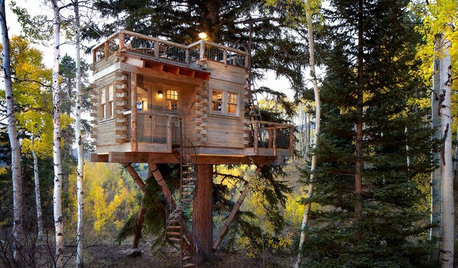
TREE HOUSESHouzz Call: Show Us Your Well-Designed Treehouse or Tree Fort!
Got a great treehouse or tree fort? We want to see it! Post yours in the Comments and we’ll feature the best in a future article
Full Story
DECORATING GUIDES12 Tips for Living Well in Your Loft or Studio
Short on storage? No separate bedroom? Here's how to maximize space and turn your loft or studio into a home that suits you to a T
Full Story
KITCHEN DESIGN7 Strategies for a Well-Designed Kitchen
Get a kitchen that fits your lifestyle and your design tastes with these guidelines from an architect
Full Story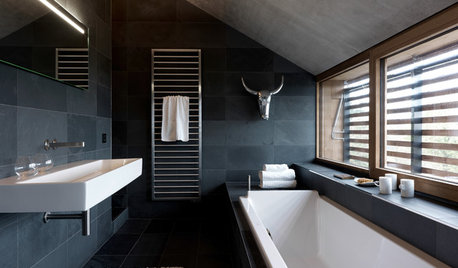
DECORATING GUIDES6 Lessons in Scale From Well-Designed Bathrooms
See how to mix shapes and sizes for an interesting and balanced bathroom design
Full Story
GARDENING GUIDESHow to Keep Your Citrus Trees Well Fed and Healthy
Ripe for some citrus fertilizer know-how? This mini guide will help your lemon, orange and grapefruit trees flourish
Full Story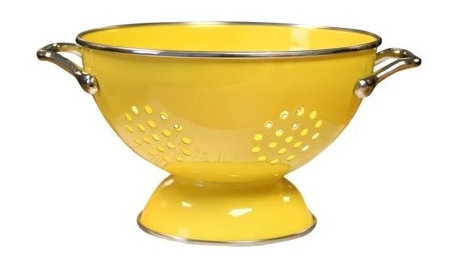
PRODUCT PICKSGuest Picks: The Well-Stocked Starter Kitchen
We’ve got all the kitchen basics and tableware you need (or that recent grad needs) to make cooking a joy
Full Story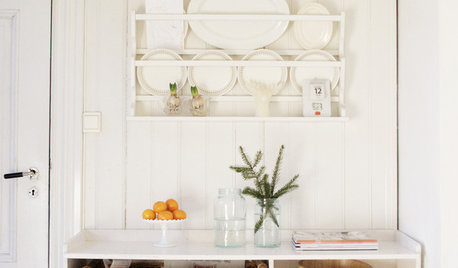
KITCHEN DESIGNThe Well-Concealed Kitchen
Cozy Up Your Kitchen With Elements From the Living Room
Full Story





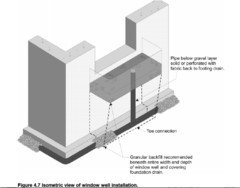



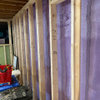
homebound